The Miraculous Birth of Hanuman
Among the vibrant tapestry of Hindu mythology, the tale of Hanuman, the revered monkey god, holds a special place. Renowned for his unwavering devotion, superhuman strength, and boundless loyalty to Lord Rama, Hanuman’s origins weave a fascinating narrative filled with divine interventions and extraordinary events. Today, we delve into the question that has captivated generations: How did Anjana gave birth to Hanuman?
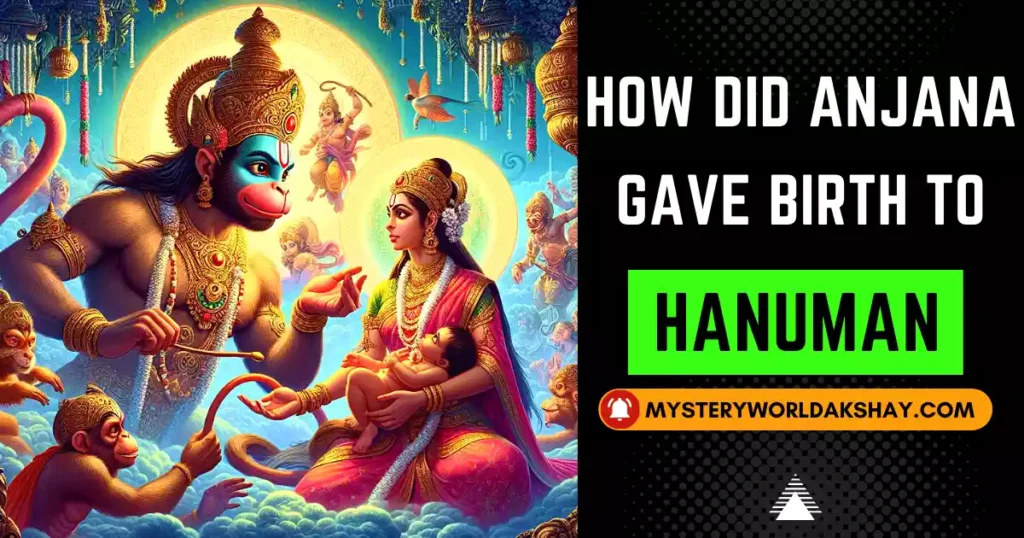
Multiple Tales, One Hero:
You all want to know that How did Anjana gave birth to Hanuman? There are several versions of Hanuman’s birth story exist, each adding a unique layer to the legend. While minor details may differ, the core essence remains consistent: Hanuman’s birth was orchestrated by divine forces, marking him as a being destined for greatness. Let’s explore the prevalent narratives:
1. The Divine Pudding:
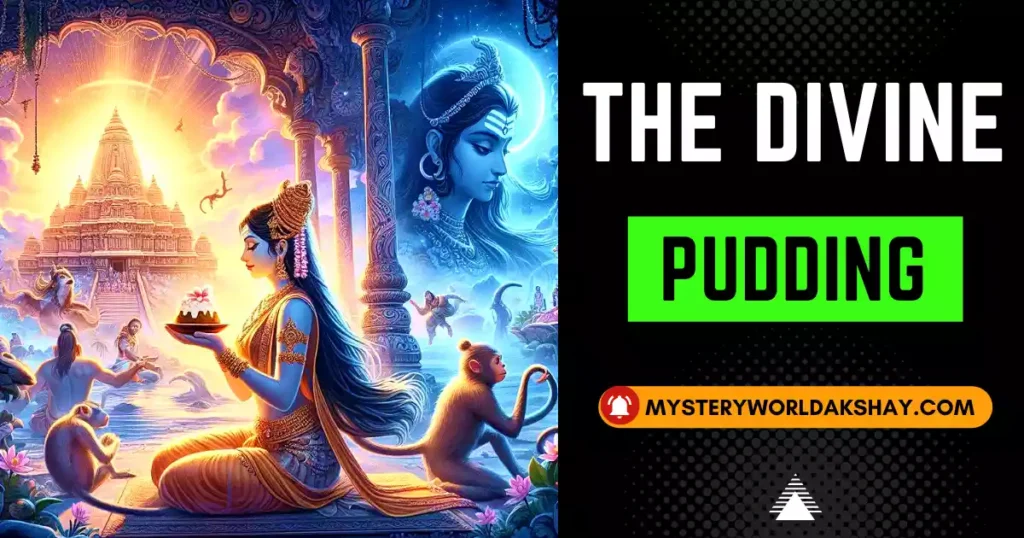

This popular account places Anjana, originally an apsara named Punjikastala, under a curse that transformed her into a monkey princess. Desiring liberation, she performed intense devotion to Lord Shiva and his consort Parvati. Pleased by her piety, they gifted her a divine pudding blessed with Shiva’s energy. Meanwhile, King Dasharatha of Ayodhya conducted a sacred ritual for children. A kite snatched a portion of the offered pudding and, guided by destiny, dropped it before Anjana. Consuming it, she conceived and later gave birth to Hanuman, inheriting a portion of Shiva’s divine power.
2. The Boon of Vayu:
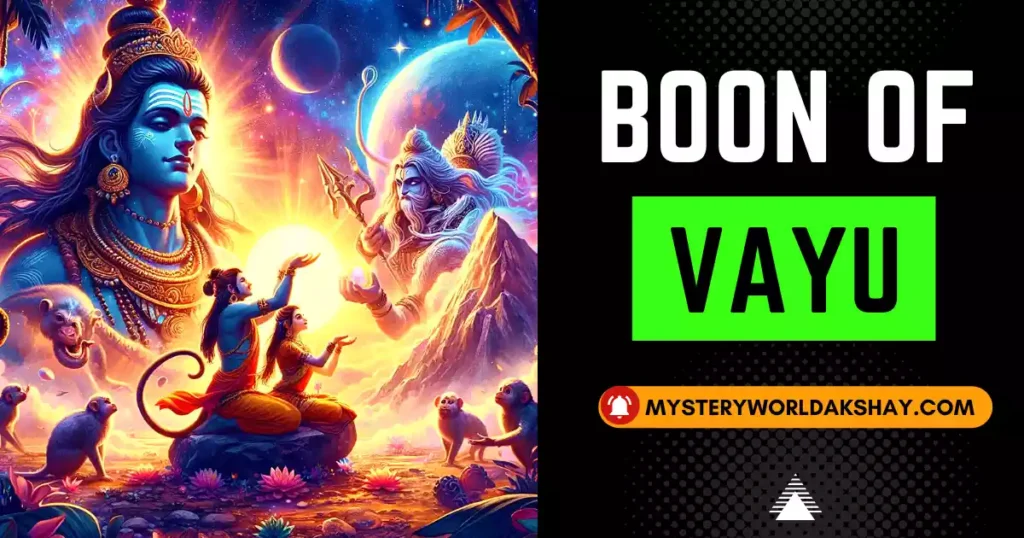

Another version narrates Anjana’s marriage to Kesari, a powerful monkey chieftain. Yearning for a child, they worshipped Lord Shiva and Vayu, the wind god. Impressed by their devotion, Vayu promised to bless them with a son. He presented Anjana with a celestial mango imbued with his essence. Upon consuming it, she conceived and gave birth to Hanuman, who possessed Vayu’s speed and strength.
3. The Incarnation of Shiva:
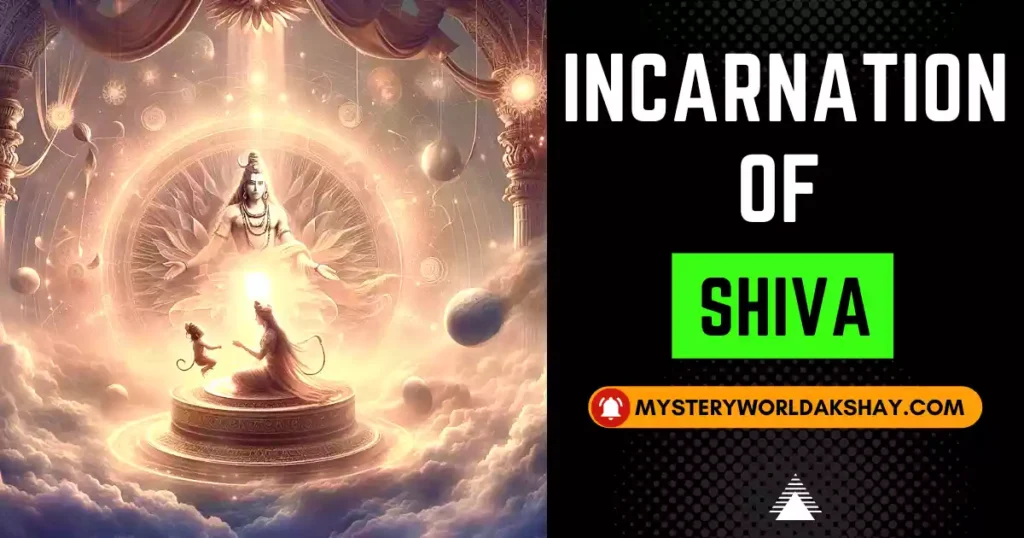

Certain interpretations consider Hanuman the eleventh incarnation of Lord Shiva himself. According to this belief, Shiva chose Anjana’s womb as a vessel for his manifestation on Earth. This version emphasizes Hanuman’s divine nature and direct connection to the supreme deity.
Beyond the Narratives:
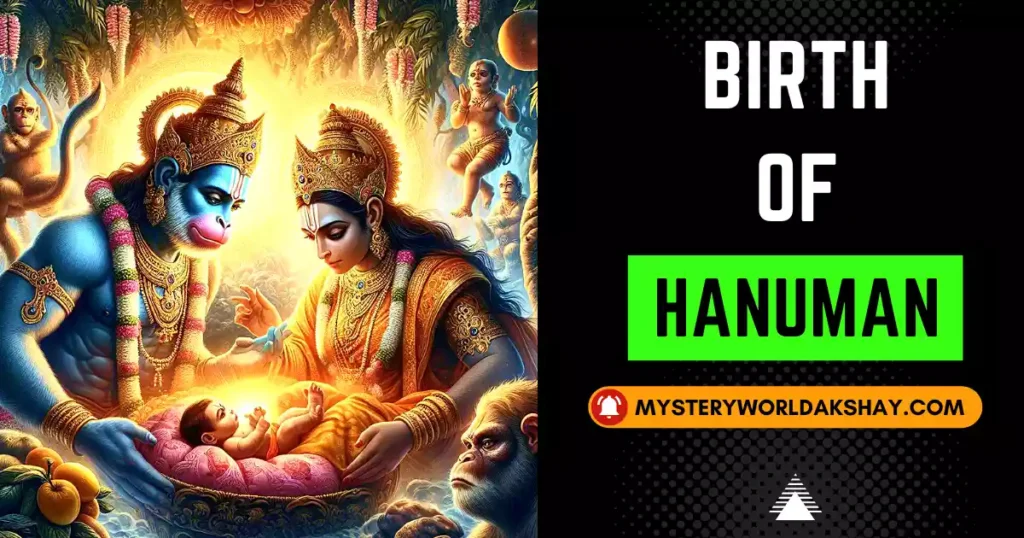

Regardless of the chosen version, the essence remains clear: Hanuman’s birth was far from ordinary. Each narrative underscores divine intervention, highlighting his exceptional destiny. Whether through a sacred pudding, a celestial mango, or a direct incarnation, Hanuman’s origins are intertwined with the power of the gods, foreshadowing his role as a divine champion.
Unveiling the Symbolism:
The diverse narratives surrounding Hanuman’s birth are laden with symbolic meaning:
- The transformation from celestial being to a monkey: This signifies the ability to bridge different realms, mirroring Hanuman’s role as a mediator between gods and mortals.
- Divine interventions: These emphasize the preordained nature of Hanuman’s existence, marking him as an instrument of divine will.
- The association with Shiva and Vayu: This underlines Hanuman’s inherent powers – strength, speed, and unwavering devotion, reflecting the qualities of these deities.
Conclusion:
Hanuman’s birth story transcends mere narrative. It serves as a window into the intricate tapestry of Hindu mythology, revealing the interplay between gods, mortals, and destiny. Through exploring the diverse narratives and delving into their symbolic layers, we gain a deeper understanding of Hanuman’s exceptional nature and the enduring significance of his legend. By studying and honouring his story, we are inspired to cultivate his virtues in our own lives, serving as steadfast champions of truth and righteousness.
FAQs:
A: While depicted as a monkey-like figure, Hanuman is more accurately understood as a divine being with monkey-like features. His birth narratives highlight his divine connections and exceptional powers.
A: Multiple versions exist within Hindu mythology, enriching the narrative and catering to different regional or theological interpretations. Each version emphasizes different aspects of Hanuman’s divine nature and purpose.
A: It underscores the extraordinary nature of his being, highlighting his divine origins and destined role as a champion of righteousness. Additionally, it reveals the diverse interpretations within Hindu mythology, promoting cultural richness and inclusivity.
A: The story teaches us about the power of devotion, the fulfillment of destiny, and the importance of fulfilling one’s purpose. It encourages us to overcome challenges, persevere in the face of adversity, and embody unwavering loyalty and unwavering courage.
